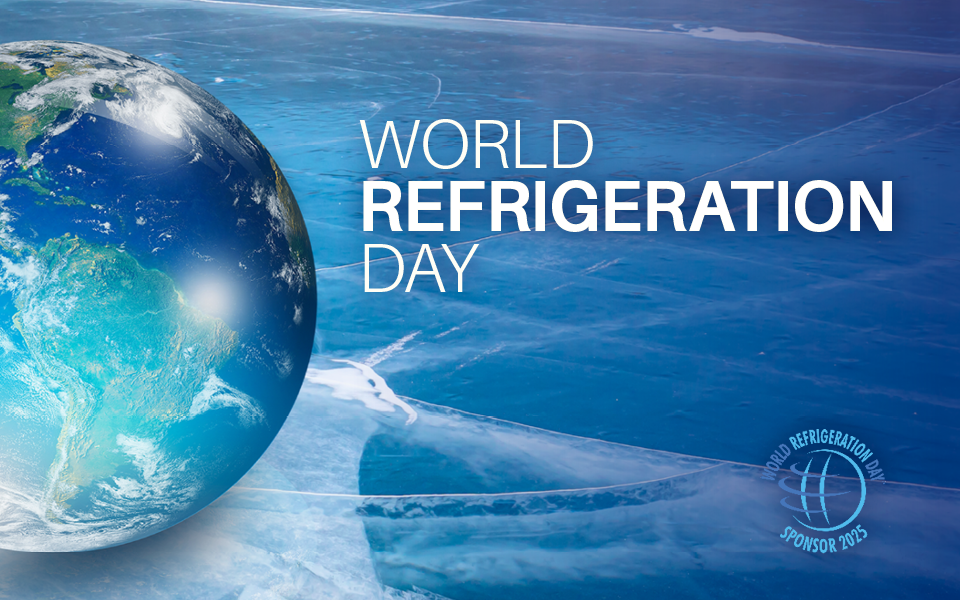*On June 1, 2023 Emerson’s Climate Technologies business became a new standalone company – Copeland. Though our name has changed, we are building on more than a century of HVACR innovation and industry leadership, and Copeland continues to offer the same products, industry stewardship, and learning opportunities you’ve grown to trust. Information found on this webpage posted before June 1, 2023 may contain our old name or branding, but you can be at ease knowing it was created with the knowledge and expertise of Copeland.
Emerson is writing a series of articles about the implications of new and transformative technologies for the commercial refrigeration industry. In our first article, we described the challenges and methodologies related to transforming a newfound wealth of data into true predictive maintenance capabilities. You can read the full article here.

One trend driving the commercial refrigeration industry’s rapid adoption of Industrial Internet of Things (IIoT) technologies is the promise of predictive maintenance. Collecting massive amounts of real-time data comes with the potential to develop data-driven algorithms that can accurately predict looming problems and failures in refrigeration systems and equipment.
In the commercial refrigeration space, operators’ goals related to predictive maintenance are to reduce energy savings, lower maintenance and service costs, improve food quality and safety (and indirectly, customer experiences), increase comfort, and reduce downtime. So as IIoT technologies become more affordable, widely deployed and interconnected, a question naturally arises: “When will we see the results of these predictive maintenance capabilities?”
It’s a fair question. After all, some industries, such as industrial automation, are seeing rapid advances in their predictive maintenance capabilities. But many of these industries also have an inherent advantage: they’re often monitoring identical devices with well-defined historical performance models, making early problem detection relatively easy.
However, commercial refrigeration is a different ballgame. Commercial refrigeration applications are diverse and complex, making the development of their predictive maintenance capabilities far more challenging. Commercial refrigeration systems consist of many diverse and interdependent components, which often originate from multiple vendors. They encompass a wide range from traditional centralized direct expansion systems to an ever-expanding array of emerging architectures designed to achieve very specific operational (and more often, sustainability) objectives. Industry trends further complicate the issue, such as the adoption of new refrigerants and the migration from centralized to distributed, self-contained and integrated systems.
These complex systems differ in the amount, type and quality of the data they can provide — making data modeling and writing algorithms for different equipment even more difficult. Add more variables into the mix, such as weather, humidity and climate — not to mention widely varying operator goals, processes and workflows — and you can start to comprehend the depth of the challenge.
Developing predictive maintenance capabilities for commercial refrigeration is not a matter of simply pouring more data into the cloud via the IIoT. That data is as diverse as the equipment and systems which produce it. Determining the predictive potential of all that data requires fundamentally changing how we understand and approach the needs of the commercial refrigeration industry.
At Emerson, we’re tackling this challenge head on, taking a methodical, deliberate approach to predictive maintenance. Our goal is not to simply throw more IIoT technologies at the challenge. We’re working to help deliver on the promise of predictive maintenance by applying our deep knowledge of the commercial refrigeration space to help operators uncover the predictive value of data gathered from many different applications. By doing so, we’re simplifying the complexities and uncovering insights into the industry’s most common refrigeration scenarios.
We’re deriving predictive maintenance solutions from IIoT data via a three-pronged methodology: 1) understand the complexity of the domain and its individual systems; 2) define what data is relevant to which situations; and 3) determine how application sensors should be used to generate the necessary data. Then we can take the crucial step of developing tools to extrapolate true predictive maintenance answers from real-time and historical data.
In upcoming articles, Emerson will expand on these learnings and provide examples of how new technology is already being used for successful predictive maintenance programs in commercial refrigeration.

Celebrating World Refrigeration Day 2025
Electrical component considerations for A2L system safety Heating, ventilation, air conditioning...
A2L Refrigeration Overview — Systems, Safety and Servicing Considerations
*On June 1, 2023 Emerson’s Climate Technologies business became a new standalone company –...
Servicing the Next Generation of Lower-GWP Refrigerants
*On June 1, 2023 Emerson’s Climate Technologies business became a new standalone company –...
